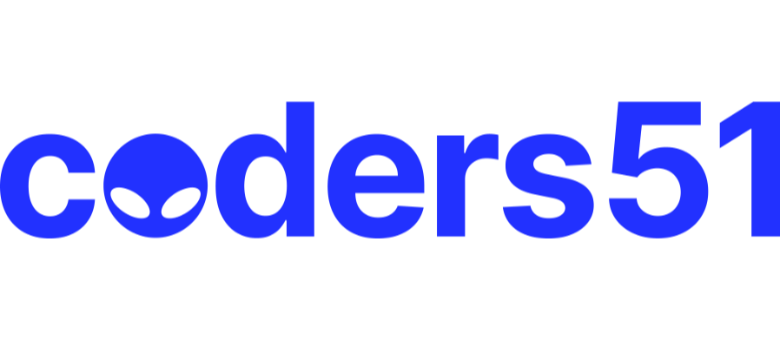CommunityNews
How Blockchains Work
How Blockchains Work
Chances are, you know what Bitcoin is. After all, it’s valued at over $47,000 per Bitcoin right now. This post isn’t about the business side of things, though, or the BTC speculative bubble. I want to explain how it works. 1
Read in full here:
This thread was posted by one of our members via one of our news source trackers.
First Post!
comfygenpvt
Hello fellow forum members,
I hope this post finds you well. Today, I want to delve into the fascinating world of blockchains and shed some light on how they work. Blockchain technology has been gaining immense popularity in recent years, primarily due to its decentralized and secure nature. So, let’s break down the fundamentals of how blockchains operate.
1. What is a Blockchain? A blockchain is essentially a decentralized and distributed ledger that records transactions across a network of computers. Each participant in the network, also known as a node, maintains a copy of the entire blockchain. This decentralized structure ensures transparency, security, and immutability of data.
2. Building Blocks: Blocks and Chains A blockchain consists of a series of blocks, with each block containing a list of transactions. Once a block is filled with transactions, it is linked to the previous block, forming a chain. This chaining mechanism ensures the chronological order and integrity of the entire transaction history.
3. Consensus Mechanism For a blockchain to function effectively, all nodes must agree on the validity of transactions. This is achieved through a consensus mechanism, which is essentially a set of rules that determine how consensus is reached. Popular mechanisms include Proof of Work (used by Bitcoin) and Proof of Stake.
4. Cryptographic Hash Functions Hash functions play a crucial role in maintaining the integrity of data within a block. Each block contains a hash of the previous block, creating a chain of dependencies. If someone attempts to alter a block, it would require changing all subsequent blocks, making the blockchain tamper-evident.
5. Decentralization and Security The decentralized nature of blockchains makes them resistant to censorship and tampering. Since there is no central authority, the system is less susceptible to hacking or fraud. Security is further enhanced by the use of cryptographic techniques, ensuring the confidentiality and authenticity of transactions.
6. Smart Contracts Many blockchains support smart contracts, self-executing contracts with the terms of the agreement directly written into code. Smart contracts automate processes, reducing the need for intermediaries and enhancing efficiency.
7. Use Cases Blockchains find applications in various industries beyond cryptocurrencies. They are used in supply chain management, healthcare, finance, and more, offering transparent and secure solutions to longstanding problems.
In conclusion, understanding how blockchains work involves grasping the concepts of decentralization, consensus mechanisms, cryptographic hash functions, and the integration of smart contracts. As we witness the continued evolution of blockchain technology, its impact on various sectors is becoming increasingly evident.
Feel free to share your thoughts, questions, or additional insights into the world of blockchains. Let’s keep the discussion vibrant and collaborative!
Popular Other Fields topics

Other popular topics

Categories:
Sub Categories:
Popular Portals
- /elixir
- /rust
- /ruby
- /wasm
- /erlang
- /phoenix
- /keyboards
- /python
- /js
- /rails
- /security
- /go
- /swift
- /vim
- /clojure
- /java
- /haskell
- /emacs
- /svelte
- /onivim
- /typescript
- /kotlin
- /crystal
- /c-plus-plus
- /tailwind
- /react
- /gleam
- /ocaml
- /elm
- /flutter
- /vscode
- /ash
- /html
- /opensuse
- /zig
- /centos
- /deepseek
- /php
- /scala
- /react-native
- /sublime-text
- /textmate
- /lisp
- /debian
- /nixos
- /agda
- /django
- /kubuntu
- /arch-linux
- /deno
- /nodejs
- /revery
- /ubuntu
- /manjaro
- /spring
- /lua
- /diversity
- /markdown
- /julia
- /c









